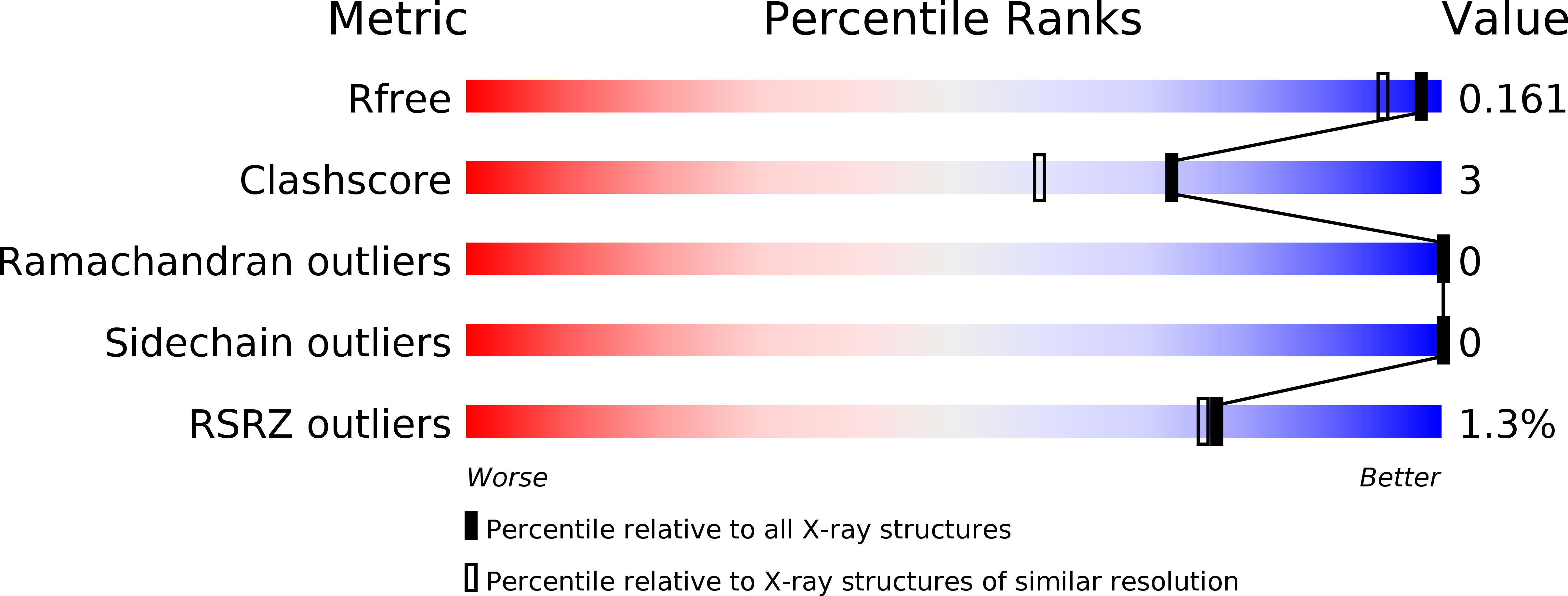
Deposition Date
2018-08-27
Release Date
2019-03-06
Last Version Date
2024-10-30
Method Details:
Experimental Method:
Resolution:
1.39 Å
R-Value Free:
0.18
R-Value Work:
0.16
R-Value Observed:
0.16
Space Group:
P 43 21 2


